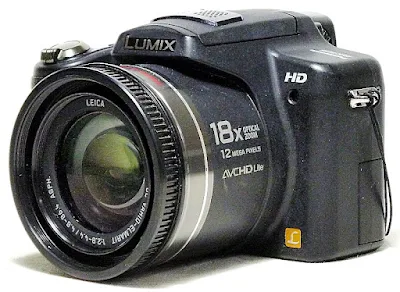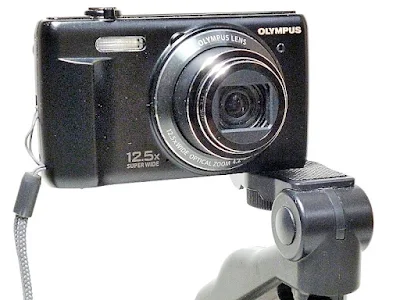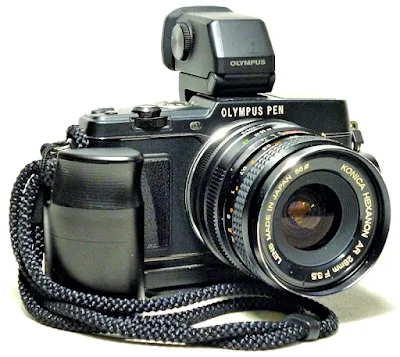One of the better options of having a camera with a superzoom lens, as in this case a Panasonic Lumix DMC-FZ35, is that you can still sit back on the sofa under the porch, set the zoom on the camera at its longest focal length, train the lens on the objects you can still see with your naked eye, and be creative with the potential art form with the images magnified and rendered on the 12.1MP CCD sensor.
The camera is fitted with a 12.1MP CCD sensor and a super 1:2.8~4.4 18X optical zoom 27mm Leica DC Vario-Elmarit wide-angle lens, good enough for me to pick out the images as seen in the post. This could be the beginning of better things to come. The camera, successor to the DMC-FZ28, was among the first to feature AVCHD Lite format HD video recording, has a shutter speed range from 60 seconds to 1/2000th second, Power O.I.S image stabilizer, a faster Venus Engine HD processor, and a Quick AF system twice as fast as that of the predecessor.
ISO sensitivity for the FZ35 ranges from 100 to 1,600, boostable to ISO 6,400 in Hi_auto mode. Shutter speeds are automatic from 60 to 1/2,000 seconds. Metering options include Intelligent Multiple, with Center-Weighted, and Spot. The minimum focusing distance for the Panasonic DMC-FZ35 is 30 cm, but drops to just one centimeter at wide-angle when switched to Macro mode. At the tele end, focusing down to two meters is the norm, but a Tele Macro mode drops this to as close as one meter when the zoom is set from 11 to 18x.













































